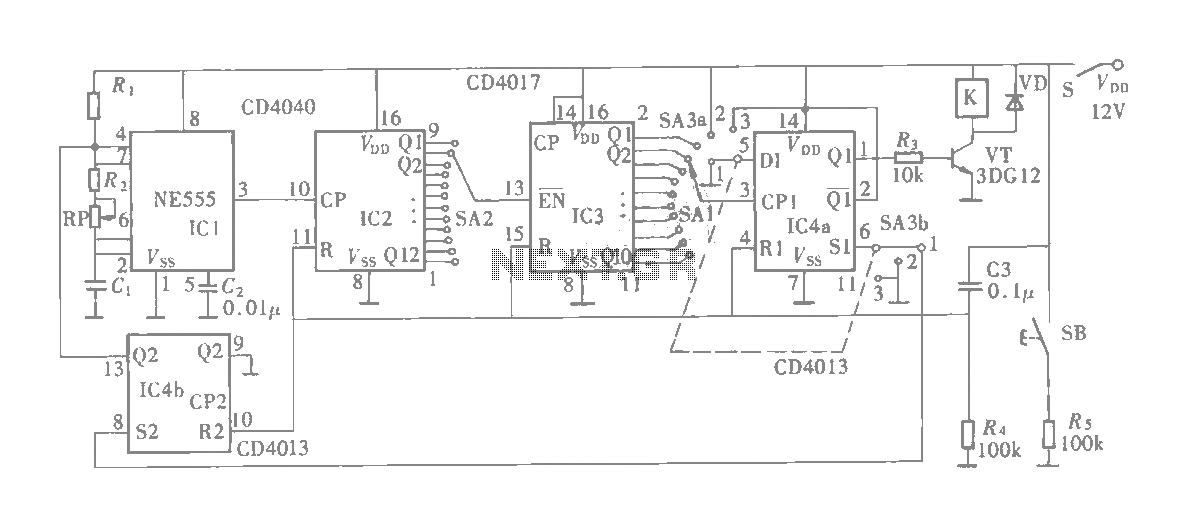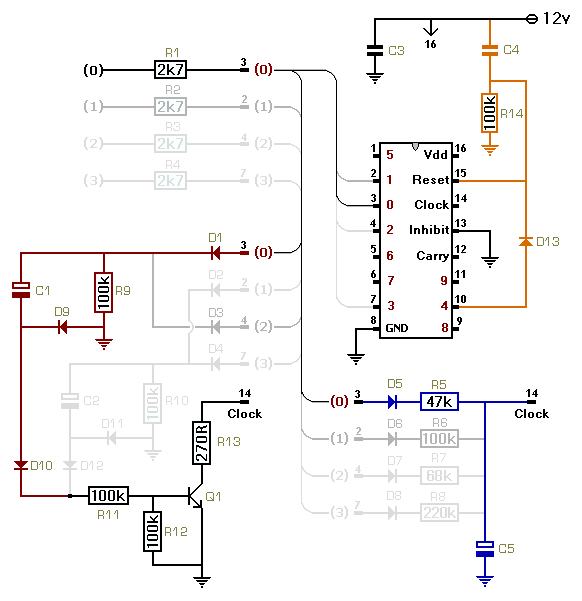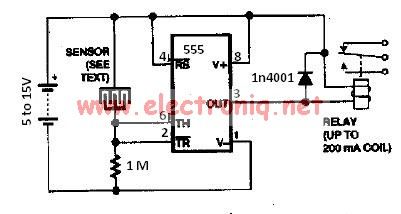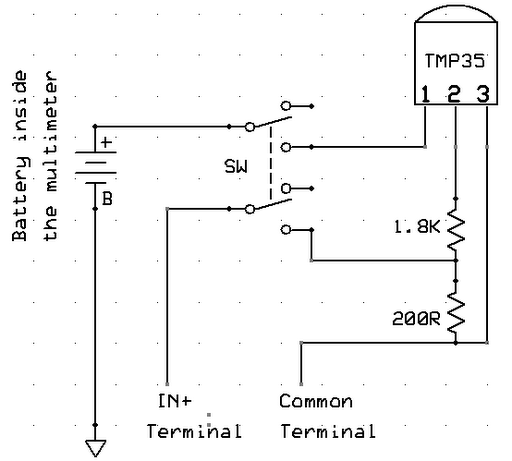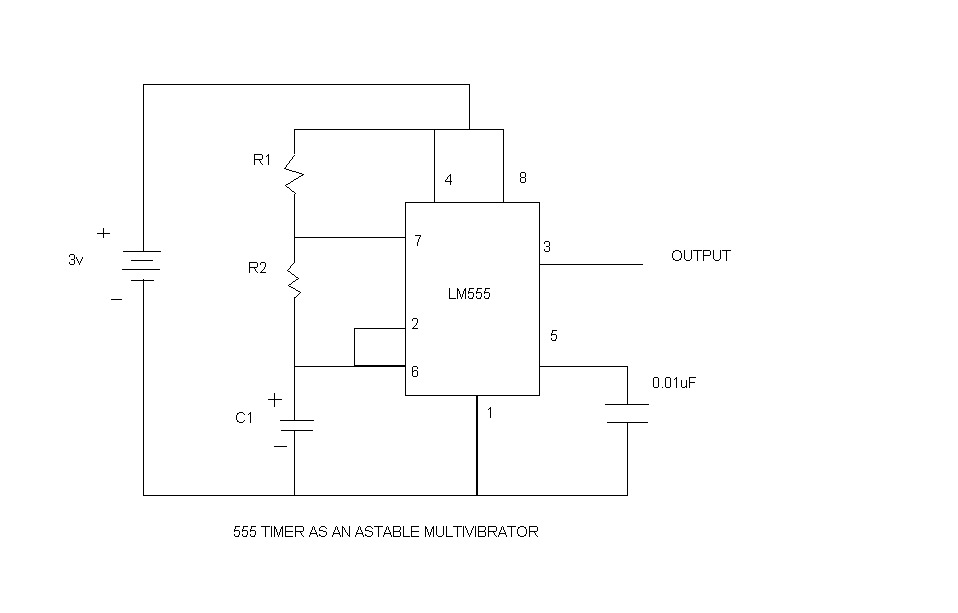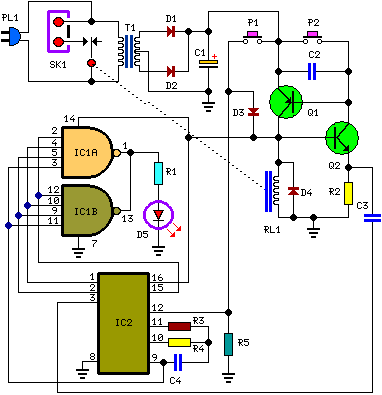
PA Time sequencer
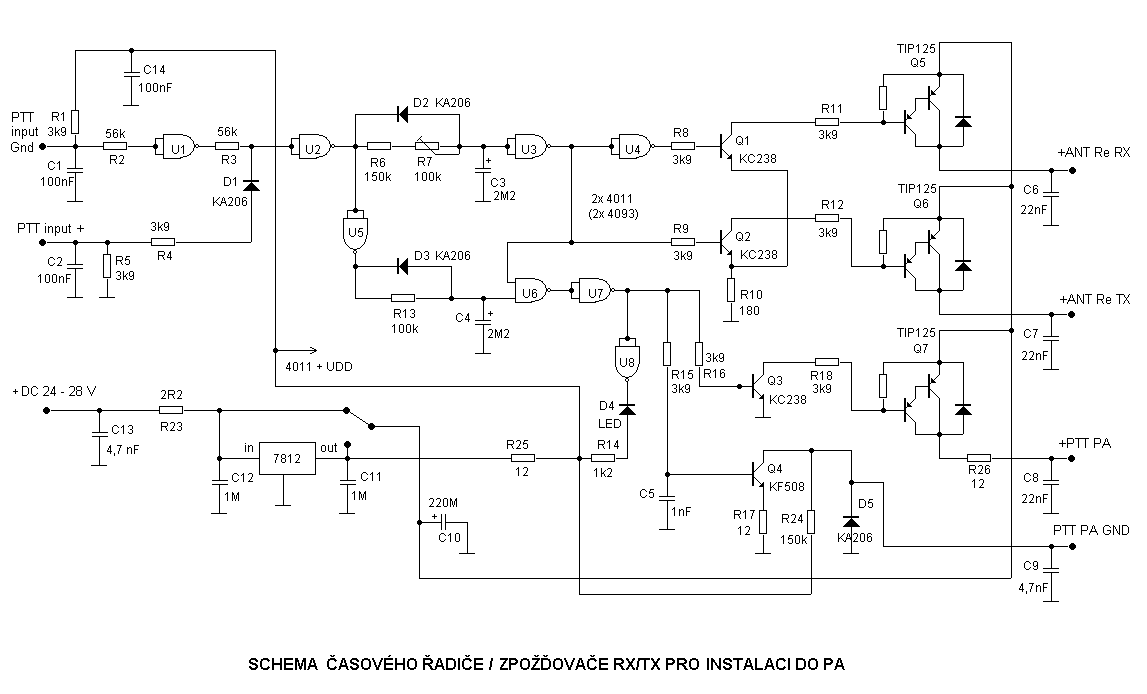
The next task involves replacing the LNA transistor; however, issues have already recurred in the subsequent context. This problem typically arises from an inappropriate timing sequence when switching between receiving and transmitting modes. Due to various delays, such as the mechanical movement of relay components, conflicts may occur at the onset of transmission (e.g., when the key is pressed) before the entire transmission chain is fully activated. Conversely, during the transition from TX to RX, the antenna relay may already be switching to RX, while delays in the power amplifier (PA) relay prevent the TX from settling, potentially resulting in residual transmission power (such as a CW signal or roger beep). The unpredictable state during these transitions leads to insufficient isolation between the RX and TX chains in the antenna relay, which is merely mechanical in nature. Consequently, the peak power transmitted through the antenna relay could easily damage the input transistor of the LNA or even the receiver front end. Even if delays in the TX chain are adequately adjusted and no issues have been observed for years, changes in the transceiver or transverter can alter the entire chain's delay. For instance, using an older PA with a new transceiver (which employs a PIN diode RF switch instead of mechanical components) or adjusting the transceiver's switching delays to QSK mode can result in LNA damage or, in severe cases, destruction of the antenna relay. A significant part of the solution to this unfortunate situation is the installation of a suitable time sequencer in each final stage PA used. This sequencer will control each critical component of the TX/RX chain in specific, predictable time steps, ensuring the aforementioned conflicts between TX and RX paths are resolved. Since this additional control circuit must be compatible with all existing PA designs, it should be universal in its interconnection and capable of accommodating various control configurations while remaining compact. In the OK2KKW (OK2A) Contest club, a specific design is employed: the circuit utilizes a low-cost single-sided epoxy board measuring 45 x 80 mm. The supply voltage ranges from 13.8 to 28V DC, and the PTT input can accept both polarities of PTT control, allowing for standard grounding or TX activation via a positive voltage of 9 to 24V. The board features three power switching transistors for controlling the antenna coaxial relay and the PA relay, which activates TX and/or disables PA blocking during reception. These outputs are available in both positive and negative logic, based on the board's interconnection, which can operate at either 12 or 24V control levels. Additionally, the board includes a control output for a subsequent unit managed by grounding-based PTT. All output configurations are designed to control connected circuits, which may have different states, with some initialized during TX and others during RX. When the PTT input is activated, both antenna relay outputs are enabled almost immediately. The circuit then waits approximately 200 milliseconds before switching the PA to the ON status. In the case of a transition from TX to RX, the PA is initially blocked to prevent any transmission, and only afterward is the antenna relay reset to reception mode. During rapid CW Morse traffic, this sequencer may "cut off" a few initial letters; however, this operational issue is preferable to the risk of damaging the LNA or RX input and the subsequent loss of time in a contest to rectify the failure. Moreover, the timing delays can be adjusted by changing the time constant of the R7/C3 and R13/C4 combinations. If a 12-volt controlled antenna relay is utilized, additional considerations may be necessary.
The proposed circuit design aims to enhance the reliability and longevity of the LNA and the entire RX/TX chain by mitigating the risks associated with mechanical relay delays and ensuring safe transitions between operating states. The implementation of this sequencer will provide a more robust solution for contest operations and general communication systems where precise timing is crucial. The compact size and universal design of the circuit make it suitable for integration into various existing systems, promoting versatility and ease of use in diverse applications.The next job is the LNA transistor replacement, but the trouble is repeated already within next contest. Such problem is usually result of unsuitable time sequence of switching between receive and transmitting, where due to different delays (for example by mechanical movement of relay parts) may happen conflict between beginning of transmission (e.
g. by push down of key), although the complete transmitting chain is not ordinary switch on yet, or in opposite within switch down from TX to RX, when antenna relay already going to RX, but due to another PA relay mechanical delays the TX is not calm down yet and last dot of TX CW power (or roger beep) may still be observed. Result of such unpredictable transition status is not enough isolation between RX and TX chain in the antenna relay (because this relay is just moving) and the peak of power transported across the switching antenna relay may easy destroy input transistor of LNA or even receiver front end.
Even in case, when different delays in our TX chain were adjusted properly and such trouble was not observed for years, change of transceiver or transverter may create change of the whole chain delay and when we want (for example) use older PA together with new transceiver (which has not mechanical, but PIN diode RF switch inside), or even when the SW delays of transceiver is setup to QSK, the trouble of LNA damage or in the worst case even antenna relay may be destructed. Substantial part of solution of such unlucky situation is an installation of appropriate time sequencer into each final stage PA, which is used.
Each important parts of TX/RX chain will be then controlled in certain predicted time steps, what ensures, that the above described conflict between TX and RX ways will be eliminated. And because such additional control circuit shall be installed into any present PA, it should be quite universal in the interconnection and covering of all variants of usual control designs and on the top it must be not very large.
In the OK2KKW (OK2A) Contest club we are using the following design: The circuit uses cheap one side epoxy board of 45 x 80mm size. The supply is between 13, 8 to 28V DC and on the PTT input it accepts both polarity of PTT control - it mean usual grounding as well as switching to TX by insertion of positive voltage 9 to 24V.
On the board output are three power switching transistors for control of antenna coaxial relay and for control of PA installed relay, which will activate TX and/or disable blocking of PA during reception. These outputs are available again in both positive as well as negative logic and based on board interconnection, which can be on 12 or 24V control level.
Beside it, the board has control output for next unit controlled by grounding based PTT. Frankly - all of these outputs configuration are prepared for controlling of connected circuits, which can have both positions, some of them are initialized during TX, the other during RX status. As you see, when the PTT input has initialized, almost immediately are enabled both antenna relay outputs.
Then the circuit wait abt 200 msec and after then the PA is switch on to PWR ON status. In case of TX to RX switch is at first blocked the PA to prevent any transmitting and only after then the antenna relay is reset back to reception status. During fast CW morse traffic this sequencer unit will "cut off" few first letters, but such operation trouble is for sure better, then damage of LNA or RX input and lost of time in the contest to fix the failure.
On the top, the delays can be changed by change of time constant of R7/C3, resp. R13/C4 combination. If are you using by 12 volt controlled antenna relay, we sugg 🔗 External reference
The proposed circuit design aims to enhance the reliability and longevity of the LNA and the entire RX/TX chain by mitigating the risks associated with mechanical relay delays and ensuring safe transitions between operating states. The implementation of this sequencer will provide a more robust solution for contest operations and general communication systems where precise timing is crucial. The compact size and universal design of the circuit make it suitable for integration into various existing systems, promoting versatility and ease of use in diverse applications.The next job is the LNA transistor replacement, but the trouble is repeated already within next contest. Such problem is usually result of unsuitable time sequence of switching between receive and transmitting, where due to different delays (for example by mechanical movement of relay parts) may happen conflict between beginning of transmission (e.
g. by push down of key), although the complete transmitting chain is not ordinary switch on yet, or in opposite within switch down from TX to RX, when antenna relay already going to RX, but due to another PA relay mechanical delays the TX is not calm down yet and last dot of TX CW power (or roger beep) may still be observed. Result of such unpredictable transition status is not enough isolation between RX and TX chain in the antenna relay (because this relay is just moving) and the peak of power transported across the switching antenna relay may easy destroy input transistor of LNA or even receiver front end.
Even in case, when different delays in our TX chain were adjusted properly and such trouble was not observed for years, change of transceiver or transverter may create change of the whole chain delay and when we want (for example) use older PA together with new transceiver (which has not mechanical, but PIN diode RF switch inside), or even when the SW delays of transceiver is setup to QSK, the trouble of LNA damage or in the worst case even antenna relay may be destructed. Substantial part of solution of such unlucky situation is an installation of appropriate time sequencer into each final stage PA, which is used.
Each important parts of TX/RX chain will be then controlled in certain predicted time steps, what ensures, that the above described conflict between TX and RX ways will be eliminated. And because such additional control circuit shall be installed into any present PA, it should be quite universal in the interconnection and covering of all variants of usual control designs and on the top it must be not very large.
In the OK2KKW (OK2A) Contest club we are using the following design: The circuit uses cheap one side epoxy board of 45 x 80mm size. The supply is between 13, 8 to 28V DC and on the PTT input it accepts both polarity of PTT control - it mean usual grounding as well as switching to TX by insertion of positive voltage 9 to 24V.
On the board output are three power switching transistors for control of antenna coaxial relay and for control of PA installed relay, which will activate TX and/or disable blocking of PA during reception. These outputs are available again in both positive as well as negative logic and based on board interconnection, which can be on 12 or 24V control level.
Beside it, the board has control output for next unit controlled by grounding based PTT. Frankly - all of these outputs configuration are prepared for controlling of connected circuits, which can have both positions, some of them are initialized during TX, the other during RX status. As you see, when the PTT input has initialized, almost immediately are enabled both antenna relay outputs.
Then the circuit wait abt 200 msec and after then the PA is switch on to PWR ON status. In case of TX to RX switch is at first blocked the PA to prevent any transmitting and only after then the antenna relay is reset back to reception status. During fast CW morse traffic this sequencer unit will "cut off" few first letters, but such operation trouble is for sure better, then damage of LNA or RX input and lost of time in the contest to fix the failure.
On the top, the delays can be changed by change of time constant of R7/C3, resp. R13/C4 combination. If are you using by 12 volt controlled antenna relay, we sugg 🔗 External reference
